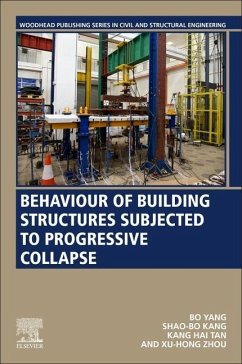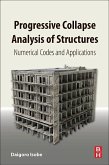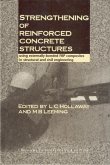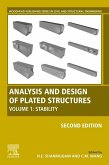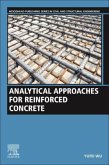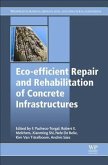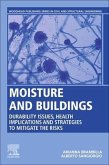Behaviour of Building Structures Subjected to Progressive Collapse gives in-depth and up-to-date quantitative and numerical analysis of building structures against progressive collapse. It does so at various levels, including bare steel joints, composite joints and sub-assemblages and frames under quasi-static loading conditions. The book provides analysis of the force transfer mechanisms of composite structures and reinforced concrete structures, along with detailed numerical models that shed light on the effects of critical parameters on progressive collapse resistances. It includes direct design methods that take into account various collapse-resisting mechanisms.
The collapse of the World Trade Center in New York has spurred extensive experimental study and numerical analysis of the structural behavior of buildings under progressive collapse scenarios. Although design guidelines have been published by governments, most are missing up-to-date numerical and experimental results, quantitative accounts of force transfer mechanisms, and numerical guidelines.
The collapse of the World Trade Center in New York has spurred extensive experimental study and numerical analysis of the structural behavior of buildings under progressive collapse scenarios. Although design guidelines have been published by governments, most are missing up-to-date numerical and experimental results, quantitative accounts of force transfer mechanisms, and numerical guidelines.

